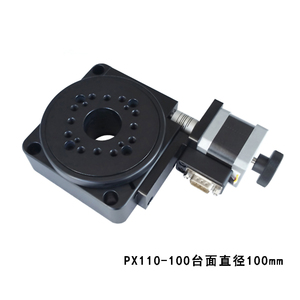Understanding Generator Rotors
A generator rotor plays a pivotal role in the conversion of mechanical energy to electrical energy within a generator system. As one of the essential components, it functions to create a magnetic field that interacts with the stator, leading to the generation of electricity. Understanding the intricacies of generator rotors can significantly enhance operational efficiency and reliability in electrical systems.
Types of Generator Rotors
Generator rotors come in various types, each designed to suit specific applications and efficiencies. Understanding these types can aid in selecting the right rotor for different energy solutions. The main categories include:
- Synchronous Rotors: These operate at a constant speed, matching the frequency of the current produced, making them ideal for large-scale power generation.
- Induction Rotors: Often used in smaller generators, these rely on electromagnetic induction and are simpler in design, making them cost-effective.
- Salient Pole Rotors: Commonly found in hydroelectric plants, these rotors have protruding poles for better efficiency in low-speed applications.
- Non-Salient Pole Rotors: These are more compact and typically used in high-speed applications, providing smooth operation and compatibility with a variety of load conditions.
Applications of Generator Rotors
Generator rotors are utilized across various industries and applications, showcasing their versatility and importance in energy production. Some key applications include:
- Hydroelectric Power Stations: Generator rotors are crucial in converting the kinetic energy of flowing water into electric power.
- Wind Turbines: In renewable energy, generator rotors harness wind energy, converting it into sustainable electricity for communities.
- Thermal Power Plants: Here, rotors play a significant role in converting steam energy to electrical energy.
- Backup Generators: In commercial settings, generator rotors ensure uninterrupted power supply during outages, supporting critical infrastructure.
Advantages of High-Quality Generator Rotors
The benefits of high-quality generator rotors extend beyond mere electricity generation; they contribute to the overall efficiency and reliability of power systems. Key advantages include:
- Improved Efficiency: High-quality rotors are designed for optimal magnetic interaction, resulting in higher energy conversion efficiency.
- Durability: Constructed with robust materials and engineering, these rotors exhibit resilience against wear and temperature fluctuations.
- Reduced Maintenance Costs: Advanced rotor designs often require less frequent maintenance, leading to lower operating costs over time.
- Enhanced Performance: High-performance rotors can adapt to varying loads, ensuring stable power output even under changing conditions.





























































































































































































